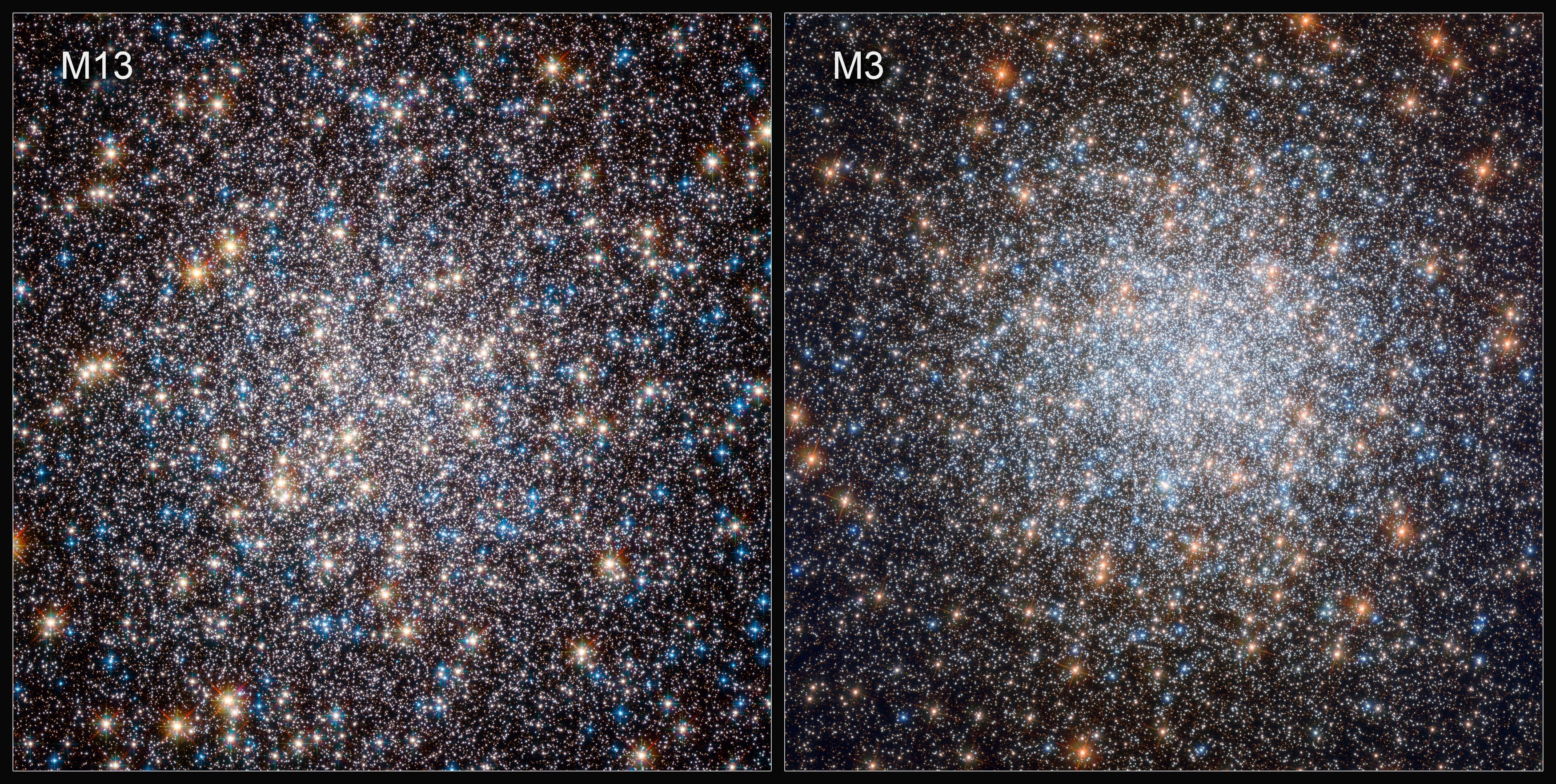Hubble discovers hydrogen-burning white dwarfs age more slowly
Some white dwarfs can slow their rate of cooling, new research suggests

White dwarfs — the hot, dense remnants of collapsed stars — can slow down their rate of cooling, research based on observations from the Hubble Space Telescope suggests.
The “surprise” discovery challenges scientists’ previous understanding of white dwarfs and could alter current estimates as to how old some star clusters are by up to a billion years.
The findings, which were published in the Nature Astronomy journal, could also lead to a new understanding of how stars age, scientists say.
"Our discovery challenges the definition of white dwarfs as we consider a new perspective on the way in which stars get old,” Francesco Ferraro, who coordinated the study, said.
By observing the M3 and M13 star clusters — enormous groups of stars held together by gravity — the University of Bologna team found that some white dwarfs are able to slow their rate of cooling by burning hydrogen they have retained on their surface.
All white dwarfs were believed to have predictable cooling patterns, but around 70 per cent of those the team observed in the M13 cluster appeared to have held on to an outer layer of hydrogen.
“This was quite a surprise,” lead researcher Jianxing Chen said, adding that it stood “at odds” with commonly-held beliefs about white dwarfs.
The team observed around 700 white dwarfs across the two clusters and compared their cooling rates to those of computer simulations. The white dwarfs in the M3 cluster behaved as expected, suggesting they had not retained an outer envelope of hydrogen like some of those in M13.
Because scientists previously believed that all white dwarfs cooled at a predictable rate, they have been used to estimate star clusters’s ages.
These estimates could be incorrect by up to a billion years in clusters like the M13 which contain the more slowly-cooling stars.
The team will continue their research to further understand their new findings.
“We are now investigating other clusters similar to M13 to further constrain the conditions which drive stars to maintain the thin hydrogen envelope which allows them to age slowly,” Dr Ferraro said.
Subscribe to Independent Premium to bookmark this article
Want to bookmark your favourite articles and stories to read or reference later? Start your Independent Premium subscription today.

Join our commenting forum
Join thought-provoking conversations, follow other Independent readers and see their replies